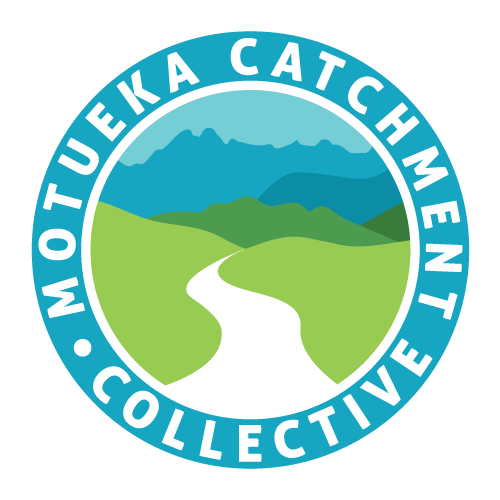Native resilience on your land
Article by Fiona Nelson
 A great day of learning about native resilience on the land was held last Sunday 18th February at a QEII covenanted property in Motueka Valley. More than fifty community members attended from Golden Bay, Motueka and Moutere catchments, to Roding catchment in Aniseed Valley where a new catchment group has recently started.
A great day of learning about native resilience on the land was held last Sunday 18th February at a QEII covenanted property in Motueka Valley. More than fifty community members attended from Golden Bay, Motueka and Moutere catchments, to Roding catchment in Aniseed Valley where a new catchment group has recently started.
The day was organised by Motueka Catchment Collective’s Biodiversity and Restoration group with NZ Landcare Trust to showcase a steep eight hectare property where much restoration work has been done over the last four years. Once a pine plantation, the property is now a regenerating native forest with 10,000 trees planted so far.
On the walk up and down steep tracks to the house, talks were given by Helen Lindsay, Restoration and planting specialist, Project Janzoon; Roger Gaskell, Botanist and ex DOC Biodiversity Officer; Steve Holloway, M.A.D Conservation Services, and Annette Litherland, NZ Landcare Trust, as well as the owner of the property.
Discussion was held about the ways of ensuring successful restoration of native species, weed and erosion control, planting in flood affected sites, and the necessity of follow-up maintenance of plantings. Trevor James, Senior Resource Scientist with Tasman District Council also spoke about care with streams and ponds to ensure passage and shade for native fish is provided.
As was noted by the speakers, there is no science about the best method for replanting native species. It’s trial and error, getting to know your site and learning from other’s experiences.
Once up at the house for a barbecue lunch, Nick Fry from Fire and Emergency New Zealand (FENZ), gave a very informative talk about making properties fire safe, cleaning up debris around the house, developing a fire plan for your property with an escape route plan and a safe meeting place. He stressed the importance of ensuring house numbers are easily identifiable to make access easy for the fire brigade in the event of a fire, as well as access to water.
Nick provided a list of native plants with low, moderate and high flammability, stressing the importance of keeping your house clear of moderate and highly flammable plants such as manuka, kanuka and eucalyptus, as these may help fuel a wildfire. Moderate or high flammability species need to be spaced out so they aren’t touching each other and lower branches up to two metres from the ground should be removed. More information about Low flammability plants can be found on FENZ website.
Over a fabulous lunch there was lots of talking and further discussions. All attendees left brimming with ideas and information to help with their restoration journeys on their own properties.

